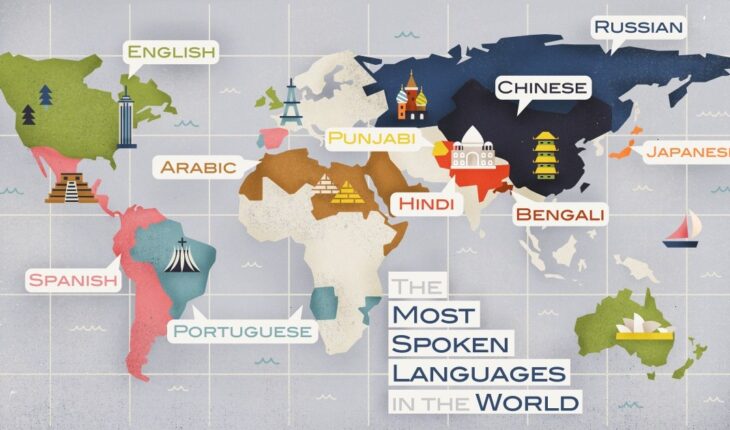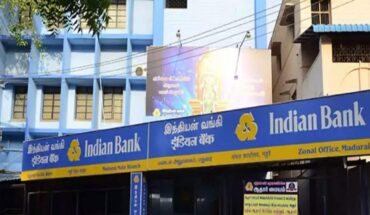Madhavi Srinivasan Johnson reviews how Hindi stands the test among a plethora of languages in India
While negotiating independence from Dutch colonial rule, Indonesian nationalists decided that a reformed version of Malay (renamed Bahasa Indonesia) would become the official language. Malay had evolved due to the need in maritime Southeast Asia for a lingua franca for trade and other exchanges. In this region, hundreds of languages were spoken across thousands of islands that now comprise the modern nations of Indonesia, Malaysia and Singapore. As it was grammatically simple, non-hierarchical, and easier to learn than other regional languages, Malay became an accepted language of communication. Bahasa Indonesia aimed to bring more than 300 ethnic groups together with no one ethnic group, including the Javanese, overshadowing the rest. From the outset of its independence, Indonesia recognised the importance of avoiding the inequality that was likely to occur by imposing the language of one dominant ethnic group over others.
In contrast, the issue of adopting a national language could not be resolved when the Constituent Assembly began drafting India’s Constitution. The adoption of a national language, the language in which the Constitution was to be written, and the language in which the proceedings of the Constituent Assembly were to be conducted were the main questions debated. On the one side were members from the Hindi-speaking provinces who moved a number of pro-Hindi amendments and argued for adopting Hindi as the sole national language. One of the drafters declared, “People who do not know Hindustani have no right to stay in India. People who are present in the House to fashion a constitution… and do not know Hindi are not worthy to be members of this Assembly.” A member of the Assembly from the south said, “If we are going to be compelled to learn Hindi… I would perhaps not be able to do it at my age, and perhaps I would not be willing… because of the amount of constraint you put on me. This kind of intolerance makes us fear that the strong Centre which we need… will also mean the enslavement of people who do not speak the language of the Centre.”
Widespread resistance to the imposition of Hindi on non-native speakers, especially in Tamil Nadu, led to the passage of the Official Languages Act of 1963, which provided for the continued use of English for all official purposes. Hindi became the sole working language of the Union government by 1965 with the State governments free to function in the language of their choice. Meanwhile, the constitutional directive for the Union government to encourage the spread of Hindi was retained within Central government entities in non-Hindi-speaking States. Later, Hindi speakers from the IT, construction and other sectors began moving for jobs to the south where many languages and dialects are spoken. Despite this migration to States that speak other languages, the Census found that while Hindi is the fastest growing language, the number of speakers of other languages has dropped. In Tamil Nadu, for example, over a 10-year period, the number of Tamil speakers of Hindi doubled largely because Tamilians needed to converse with those who came from the north.
According to the 2001 Census, India has 30 languages that are spoken by more than a million people each. The Constitution lists 22 languages and protects them in the eighth schedule. Many languages are kept out of this schedule even if they deserve to be included. This includes Tulu which is spoken by over 1.8 million people and has inscriptions dating back to the 14th and 15th centuries. When a refined language loses its status in literary and daily interactions, the way of life associated with it also vanishes.
On the other hand, Hindi, a much younger Indo-Aryan language, has been gaining prominence since before independence. Old Hindi assimilated words from Persian. With the arrival of Islamic administrative rule in north India, it became Hindustani. The growing importance of Hindustani in colonial India and the association of Urdu with Muslims prompted Hindus in north India to develop a Sanskritised version, leading to the formation of a modern standard Hindi a century later. It was based on the vernacular of Delhi and the surrounding region and came to replace prestige dialects such as Awadhi, Maithili and Braj. The literary value of these dialects diminished in due course.
While discussing Hindi and its use, let us also focus on the merit of other Indian languages. It we don’t protect and promote other well-evolved or endangered and indigenous languages, our future generations may end up never understanding their ‘real’ roots and culture. Instead of focusing on one national language, why not learn a language beyond one’s mother tongue and get to know a different way of life too?
In contrast, the issue of adopting a national language could not be resolved when the Constituent Assembly began drafting India’s Constitution. The adoption of a national language, the language in which the Constitution was to be written, and the language in which the proceedings of the Constituent Assembly were to be conducted were the main questions debated. On the one side were members from the Hindi-speaking provinces who moved a number of pro-Hindi amendments and argued for adopting Hindi as the sole national language. One of the drafters declared, “People who do not know Hindustani have no right to stay in India. People who are present in the House to fashion a constitution… and do not know Hindi are not worthy to be members of this Assembly.” A member of the Assembly from the south said, “If we are going to be compelled to learn Hindi… I would perhaps not be able to do it at my age, and perhaps I would not be willing… because of the amount of constraint you put on me. This kind of intolerance makes us fear that the strong Centre which we need… will also mean the enslavement of people who do not speak the language of the Centre.”
Widespread resistance to the imposition of Hindi on non-native speakers, especially in Tamil Nadu, led to the passage of the Official Languages Act of 1963, which provided for the continued use of English for all official purposes. Hindi became the sole working language of the Union government by 1965 with the State governments free to function in the language of their choice. Meanwhile, the constitutional directive for the Union government to encourage the spread of Hindi was retained within Central government entities in non-Hindi-speaking States. Later, Hindi speakers from the IT, construction and other sectors began moving for jobs to the south where many languages and dialects are spoken. Despite this migration to States that speak other languages, the Census found that while Hindi is the fastest growing language, the number of speakers of other languages has dropped. In Tamil Nadu, for example, over a 10-year period, the number of Tamil speakers of Hindi doubled largely because Tamilians needed to converse with those who came from the north.
According to the 2001 Census, India has 30 languages that are spoken by more than a million people each. The Constitution lists 22 languages and protects them in the eighth schedule. Many languages are kept out of this schedule even if they deserve to be included. This includes Tulu which is spoken by over 1.8 million people and has inscriptions dating back to the 14th and 15th centuries. When a refined language loses its status in literary and daily interactions, the way of life associated with it also vanishes.
On the other hand, Hindi, a much younger Indo-Aryan language, has been gaining prominence since before independence. Old Hindi assimilated words from Persian. With the arrival of Islamic administrative rule in north India, it became Hindustani. The growing importance of Hindustani in colonial India and the association of Urdu with Muslims prompted Hindus in north India to develop a Sanskritised version, leading to the formation of a modern standard Hindi a century later. It was based on the vernacular of Delhi and the surrounding region and came to replace prestige dialects such as Awadhi, Maithili and Braj. The literary value of these dialects diminished in due course.
While discussing Hindi and its use, let us also focus on the merit of other Indian languages. It we don’t protect and promote other well-evolved or endangered and indigenous languages, our future generations may end up never understanding their ‘real’ roots and culture. Instead of focusing on one national language, why not learn a language beyond one’s mother tongue and get to know a different way of life too?
Madhavi Srinivasan Johnson is a gender and human rights advocate. Views expressed are her own






